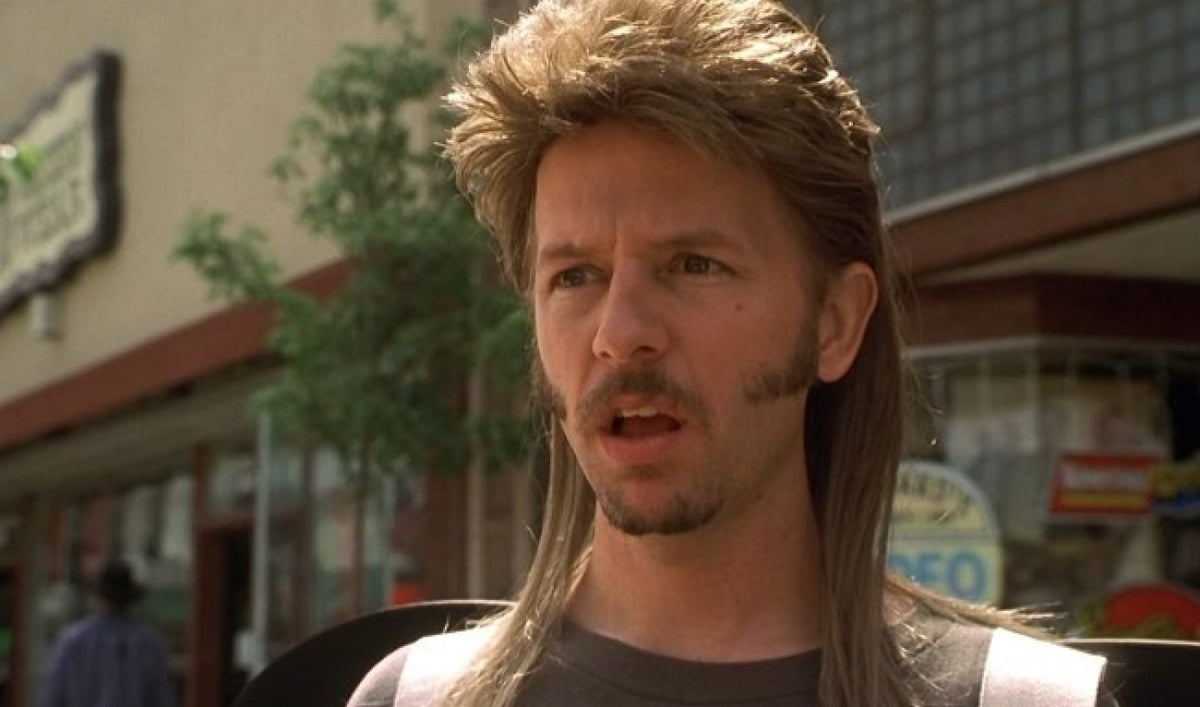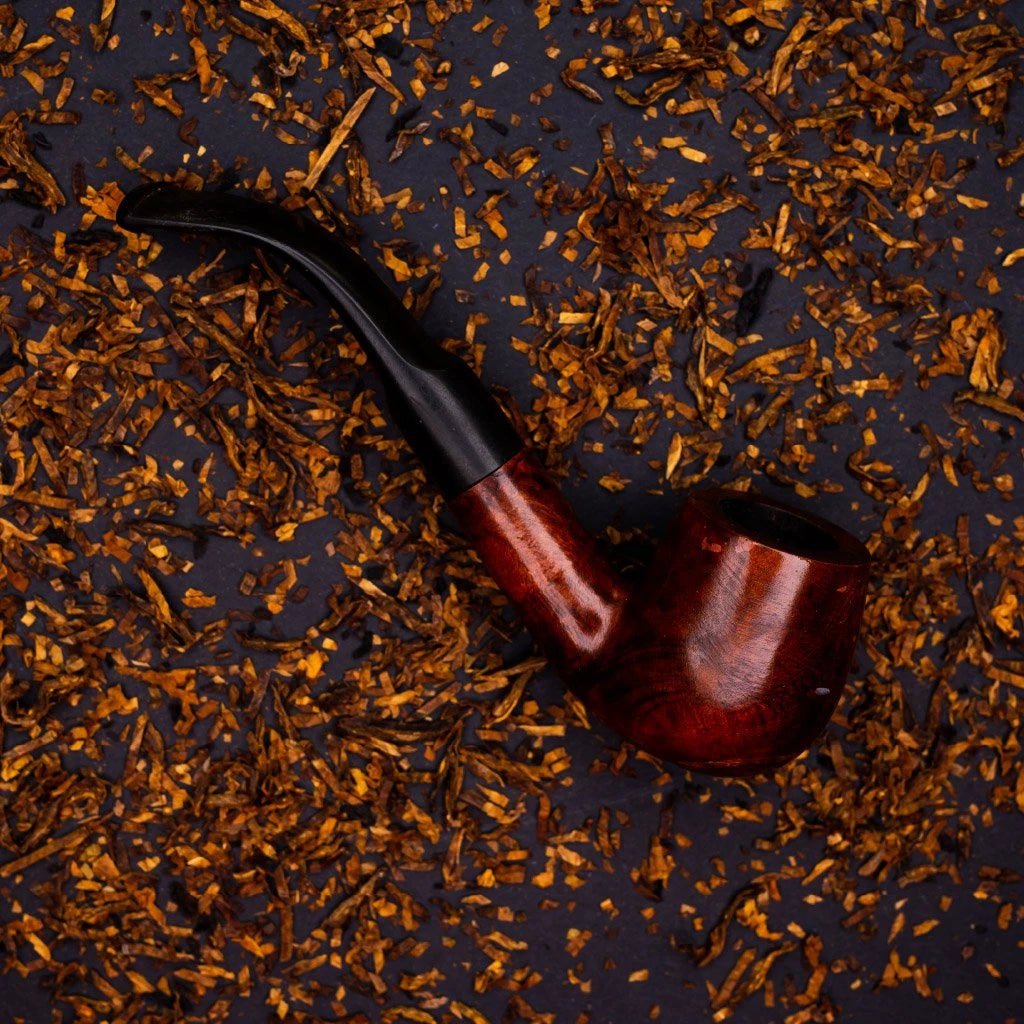
What Causes a Patchy Beard—and Can It Be Fixed?
|
|
Time to read 8 min

The Essence Of Tradition Smells like the men who raised us, and...
|
|
Time to read 8 min
Let’s cut the crap: If you’ve ever looked in the mirror and thought, “Why the hell won’t this patch fill in?”, you’re not alone.
Beard patches are one of the top frustrations for men trying to grow a full, legendary beard. And because of that frustration, there’s a mountain of so-called “solutions” out there. Beard growth serums, DHT blockers, microneedling, testosterone boosters, you name it. But what’s real, and what’s just another overpriced scam trying to capitalize on insecurity?
We’re Warlord. We don’t sell gimmicks. And we damn sure don’t feed men lies just to make a buck. So, in this no-bullshit breakdown, we’re diving deep into the science of patchy beard growth: why it happens, whether or not you can regrow hair in in a patchy beard, and what your real options are.
Let’s roll.
Table of Contents
Before we talk solutions, you’ve gotta understand the root of the problem. Patchy beards are caused by a few main culprits:
This is the big one. Your beard potential is determined by your DNA. Just like some guys go bald young and others keep their hair into their 80s, beard thickness and coverage are part of the genetic lottery. If your dad or grandfather had a patchy beard, chances are high you will too.
Beard growth is driven by androgens, primarily testosterone and its more potent cousin, DHT (dihydrotestosterone). DHT activates androgen receptors in hair follicles, triggering terminal hair growth on your face. Low levels of these hormones, or poor receptor sensitivity, can mean slower or less dense beard growth.
If you’re under 25 and stressing over patchy beard, pump the brakes. Beard development can continue well into your 30s. Some guys don’t hit their full beard potential until their late 20s or early 30s. So don’t throw in the towel just yet.
In rare cases, a patchy beard could be caused by an autoimmune disorder called alopecia areata. This condition causes your immune system to attack hair follicles, leading to round bald patches. If you have sudden or worsening patches, see a dermatologist.
That’s the million-dollar question, and the hard truth: if there are no hair follicles present in a patchy area, you cannot regrow hair there naturally. Full stop. True masculinity isn’t about perfection—it’s about ownership.
Hair follicles are the factories that produce hair. If your face never developed follicles in a particular area (usually because of genetics), you can’t magically sprout new ones just by taking a supplement or microneedling your cheeks.
But, and it’s a big but, if there ARE follicles there (even tiny vellus or “peach fuzz” hairs), there might be hope.
Here’s what actually has some potential for fixing a patchy beard:
Minoxidil, originally developed as a blood pressure medication and later for scalp hair regrowth (Rogaine), is used off-label by some men to stimulate beard growth. The idea is that it increases blood flow and wakes up dormant follicles, possibly thickening vellus hairs into terminal hairs over time. Some guys have seen results, but it’s not FDA-approved for facial hair, so proceed with caution.
You have to use it indefinitely: stop, and your beard growth gains WILL reverse within months.
Results can take months, and they vary wildly
You may see skin dryness, irritation, or shedding
It won’t create hair in areas absent hair follicles.
If minoxidil was a guaranteed beard growth solution, we’d stock it. But like with most things, there are no shortcuts, and that's ok.
Microneedling with a derma roller (usually 0.5mm to 1.0mm needles) creates micro-injuries that trigger collagen production and increase blood flow. Some guys pair one with minoxidil for better absorption. Some dudes swear by this, but it’s not a miracle cure for patchy beards—more here.
It can possibly help strengthen existing follicles and possibly turn vellus hairs into thicker terminal hairs, but:
If derma rollers were a miracle fix, we would sell them.
You can’t out-supplement shitty health. Supporting beard growth starts with:
A simple multivitamin might help if you’re deficient, but don’t expect miracles.
This is the only method that can add new follicles to bald patches. Hair is harvested (usually from the back of your scalp) and transplanted to your beard.
Downsides?
It’s a last resort, but it works for some.
There’s a lot of bullshit out there. Let’s call it out:
Most of these are just overpriced oils with possibly a sprinkle of vitamins. They don’t do a damn thing to spark new hair growth.
Companies love to hype up miracle beard serums loaded with “advanced” ingredients, but the truth is, if these products actually worked, every guy would be walking around with a thick, legendary beard by now.
Save your cash. Don’t fall for the hype. Focus on what actually works and skip the snake oil.
Unless you have a deficiency, most “beard growth” pills are useless. You can get the same nutrients from a quality diet. If your body already has enough of what it needs, like biotin (vitamin B7), zinc, and other essential vitamins and minerals, then you are good to go.
Popping extra pills won’t do a damn thing for your beard. The real fix is eating real food: lean protein, veggies, healthy fats, and plenty of water.
Unless you’ve been told by a doc that you’re lacking something, these supplements are just expensive placebos. Focus on fueling your body right, and skip the hype.
There’s no solid scientific evidence proving or supporting that derma rollers are effective for beard growth or to grow beards or. Most of the support and hype for using derma rollers to enhance beard growth comes from anecdotal reports and cherry picked extrapolations from scalp studies (guys swapping stories online or stretching and cherry picking results from scalp studies).
That said, derma rollers do have real skin benefits. By creating tiny micro-injuries, they stimulate collagen production, boost blood flow, and improve skin texture. That’s why skin techs use them for women and men to treat fine lines, acne scars, and skin tone issues.
But when it comes to beards? Don’t buy into the miracle beard growth claims.
Any brand promising overnight beard growth results , magical patchy beard fixes , or miracle facial hair regrowth, run.
Like we said, there’s no quick fix for patchy beards.
Read more on Derma Rollers here: Do Derma Rollers Work For Beard Growth?
Here’s a no bullshit path forward:
Are your patches completely bald (no peach fuzz)? Or are they just thin?
Groom it right:
Beard growth isn’t a 30-day sprint, it’s a 6–12 month commitment. Let your beard grow out for at least 90 days before deciding if it’s too patchy. Most guys give up way too early.
Confidence matters more than coverage. I know that's easy. But a man who owns his beard, patches and all, absolutely commands more presence than a dude obsessed with every inch of chin fuzz. Just say fuck it, and embrace it confidently.
And don’t forget: stubble, goatees, and short beards all look badass when styled right. Hell, look at Joe Dirt. Dude rocked that patchy beard like a legend, and didn’t give a damn. Confidence is everything. Bro, he even landed Brandy.
Full beard not in the cards? Make what you’ve got look intentional. Own it. Be ok with it.
You already know this, but not being able to grow a full beard doesn’t make you less of a man. Any troll or asshole who says otherwise? They’re just projecting their own weak-ass insecurities.
We’re not here to sell you fantasies. We’re here to help you make the most of the beard you’ve got. Our oils and grooming gear are designed to support beard health, not promise miracles. You want real results? That starts with good habits and good routines, not magic potions.
Tired of throwing cash at empty bullshit promises? Warlord’s got your six. Shop with Warlord now and level up your grooming game, so you can confidently own your beard, patches and all.
Stay savage. Stay sharp. Stay bearded.
Bud Hadley—Out
© Warlord - Men's Grooming Essentials 2025
Share This Article





